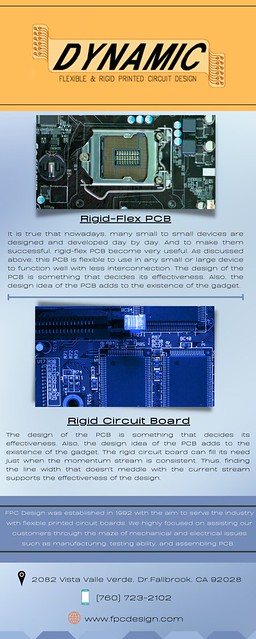Rigid-Flex PCB: The Perfect Blend of Versatility and Durability
Introduction:
Rigid-flex PCBs, a term derived from the combination of rigid and flexible printed circuit boards (PCBs), have revolutionized the electronics industry. This innovative technology offers engineers a solution that combines the Rigid-flex PCB best attributes of both types, resulting in high-performance electronic devices capable of withstanding demanding applications. In this article, we will explore the manufacturing process, characteristics, advantages, usage methods Rigid-flex PCB , tips for selecting this product, and draw conclusions on why it is an indispensable component in modern electronics.
Manufacturing Process:
The manufacturing process for Rigid-Flex PCBs involves combining separate layers of flexible and rigid materials using advanced lamination techniques. It starts with designing a circuit pattern to meet specific requirements before laminating copper foils onto each rigid layer section. Afterward,rusted via holes are created to establish electrical connections between different layers.Finally,a protective solder mask is applied to safeguard against environmental factors such as moisture or dust particles.The precise nature of Rigid-Flex PCBs demands sophisticated machinery by skilled professionals during fabrication to ensure accuracy and reliability.
Characteri Inflexible-yielding printed wiring board stics:
One prominent characteristic distinguishing Rigid-Flex PCBs from traditional alternatives like inflexible-yielding printed wiring boards or structured-flexible PCBs is their ability to flex without breaking while maintaining excellent rigidity when required.Furthermore,the seamless integration offered by these modules allows intricate designs not Rigid-flex PCB possible with conventional circuits.Additionally,Rigid-Flex PCBs exhibit enhanced resistance to impact,vibration,and thermal cycling,making them suitable for rugged Single Sided PCB applications.
Advantages:
Flexible-rigid printed circuit boards offer numerous advantages over other options due to their unique composition.Of utmost significance is reduced space consumption.They provide an opportunity for designers,facing challenges related toy-board complexities,to bring more functionality within confined spaces.Therefore,minimizing device size without compromising overall performance.Then comes weight reduction owing dueling lighter substrates used inherently within composition.The lack of interconnecting components directly results in higher reliabil Flexible-rigid PCB ity fewer potential points failure.Higher packaging density allows integrating more features on board while reducing the number of connectors,solder joints,etc.Moreover,Rigid-Flex PCBs enable simplified assembly with a decreased number external connections,necessary mentioning emant having less handling sessions thus quicker.
Usage Methods:
With its flexibility and durability,Rigid-Flex PCBs have found appl

ications across a broad spectrum of industries including automotive,aerospace,medical,and consumer electronics.Flexible-rigid circuits are often implemented in devices that necessitate bending motions like portable electronic gadgets,foldable smartphones,fittable wearables,etc.Whereas rigid sections offer mechanical stabilities to mount connectors,microchips or other discrete parts. The unique combination of rigid and flexible materials delivers reliable signal integrity even when exposed to constant movement

or high vibration environments.
Choosing the Right Product:
Selecting an appropriate Rigid-Flex PCB requires careful consideration of several factors.Firstly,it’s imperative to ascertain project requirements such as functionality,vibration tolerance,bend radius,ease-of-assembly,durability,cost constraints.A thorough analysisat initial design stage helps identify precise needs.Guidelines from experienced manufacturers can further aid engineers addressing technical feasibility determining optimal solutions.Secondly,the choi Rigid-flex PCB ce should depend largely upon supplier competence,such as certifications,state-of-art manufacturing infrastructure & quality assurance practices.Dependble trustworthy suppliers possessing longstanding successful track records playing critical promoting companies long-run marketing strategies.
Conclusion:
Rigid-flex printed circuit boards have emerged as game-changers,redefining the capabilities and possibilities for modern electronic devices.From their production process combining flexible a Single Sided PCB nd rigid layers,to their unrivaled characteristics like flex-rigidity,these boards offer unmatched versatility to designers.Features such reduced space consumption,error reduction via removal unnecessary interconnecting offers users undeniably advantageous performance benefits.By following proper selection criteria,taking into account key aspects during manufacturer evaluation enables organizations optimize product designs ensuring best practical solutions.Coupling cutting-edge technology with strategic decision-making, Rigid-Flex PCBs are poised to lead the ever-evolvi Structured-flexible PCB ng electronics industry into a flexible yet rigid future.

